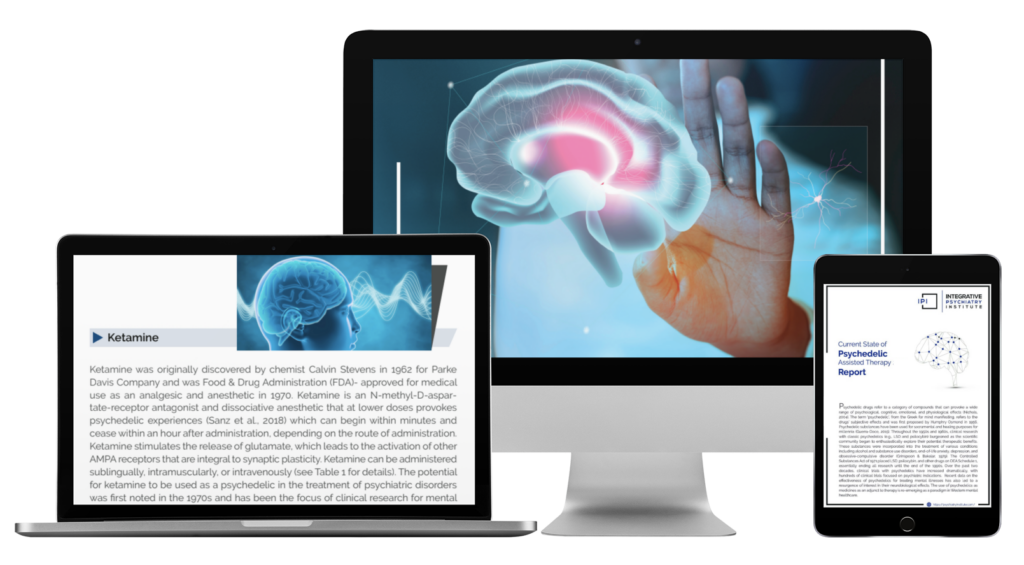
Most athletes will agree that getting in a few effective training days is better than many unproductive training days. Everyone goes through peaks and dips depending on where their bodies are functioning, based on potential stressors, sicknesses, and changing lifestyle habits. For those who are influenced by fluctuating female hormones, it becomes second nature to predict patterns in mood, cravings, and energy levels each month.
The notion that any individual operating with hormonal fluctuations (this is inclusive of all genders) “should” be training linearly is outdated and out of tune with physiological functioning. This may be particularly true given the biological cycles of women. Yet fitness has been historically researched and promoted through a male-dominated lens.
For example, while it is part of many training plans to increase mileage or intensity linearly, studies have found that women can make greater strength gains, feel less pain, and recover faster by sticking to a more phasic training plan (see the section on hormones below). The notion of practicing every day, or even the common “3 weeks on, 1 week off” mentality, does not take into consideration the nature of female hormones. What happens when folks living with female hormonal cycles oriented toward a different strategy, one that would optimize diet and exercise routines based on an intimate understanding of their hormonal, immune, and nervous system patterns?
Female Hormones and Athletics
Hormonal cycles, especially of estrogen and progesterone, can impact metabolism, muscle recovery, and cognition. During different phases of the menstrual cycle, hormones impact muscle-cell turnover and protein synthesis, carbohydrate-burning abilities, bloating, temperature regulation, cramping, headaches, and gastrointestinal functioning. In addition, cognition and mood can change across the cycle, affecting motivation as well as physical perception and tolerance. These hormonal shifts impact how women respond to exercise and nutrition, necessitating a more nuanced approach to fitness and dietary planning than a “one size fits all” package. In her book, ROAR, Dr. Stacy Sims says “Women are not small men. Stop eating and training like one.”1 She outlines important reasons for considering menstrual cycle into health, wellness, and athletic training:
Menstruation: During active menstruation, energy levels might be lower. It’s often beneficial to focus on light to moderate exercise, such as yoga or low-impact cardio. Nutritionally, it’s important to ensure adequate iron intake to compensate for menstrual blood loss.
Follicular Phase: Following menstruation, estrogen levels rise, boosting energy and recovery rates. This is an ideal time for high-intensity workouts, strength training, and endurance activities. A body can often handle more strenuous exercises and recover faster. A diet rich in protein, healthy fats, and complex carbohydrates will support increased activity levels.
Ovulation: Estrogen levels peak (before dropping again), leading to optimal energy and strength. This phase is excellent for pushing personal limits with intense workouts and challenging fitness goals. Maintaining a balanced diet with a focus on protein and carbs helps support muscle repair and energy needs.
Luteal Phase: Progesterone increases, which can affect mood and energy levels. Fluctuations in performance and higher fatigue might be experienced. It’s beneficial to adjust your workout intensity and incorporate more restorative exercises. Nutrition should focus on managing PMS symptoms with magnesium-rich foods and maintaining stable blood sugar levels with balanced meals.
Personalizing Your Training Guide
Creating a personalized training guide involves aligning your exercise routine and nutritional intake with your distinct physiological needs. Dr. Sims recommends a strategic approach to ensure that your fitness regimen works harmoniously with your body’s natural rhythms.
Identify Your Cycle Phases: Start by tracking your menstrual cycle to understand which phase you’re in and how it affects your body. Utilize a calendar or smartphone app designed for cycle tracking to note changes in mood, energy, and physical performance.
Tailor Your Workouts: Design your exercise routine to align with your cycle, as described above, by balancing high-intensity interval training (HIIT), strength training, and endurance exercises with more low-impact activities such as swimming, walking, or yoga.
Optimize Your Nutrition: Adapt your diet to support your exercise routine and hormonal fluctuations, as described above.
Monitor and Adjust: Regularly assess your performance and recovery to make necessary adjustments. Pay attention to how your body feels and responds to different exercises and foods, and be prepared to modify your routine based on what your body is telling you.
Focus on Recovery: Adequate recovery is essential, especially during phases when energy levels are lower. Ensure you’re getting sufficient sleep, hydration, and restorative practices like stretching or foam rolling to support overall recovery.
Conclusion
Creating a personalized training guide that enhances performance, supports overall health, and aligns with your body’s natural rhythms is a multi-faceted . Adopting a tailored approach to exercise and nutrition does not only improve results; it also promotes a more sustainable and enjoyable fitness journey. Remember, fitness isn’t always logical, and the concept of “mind over matter” doesn’t always work; health is really about experimentation, to hone in on what feels best for your unique body and lifestyle.
References
- Sims, S.T., & Yeager, S. (2016). ROAR: How to match your food and fitness to your female physiology for optimum performance, great health, and a strong, lean body for life. Rodale.







